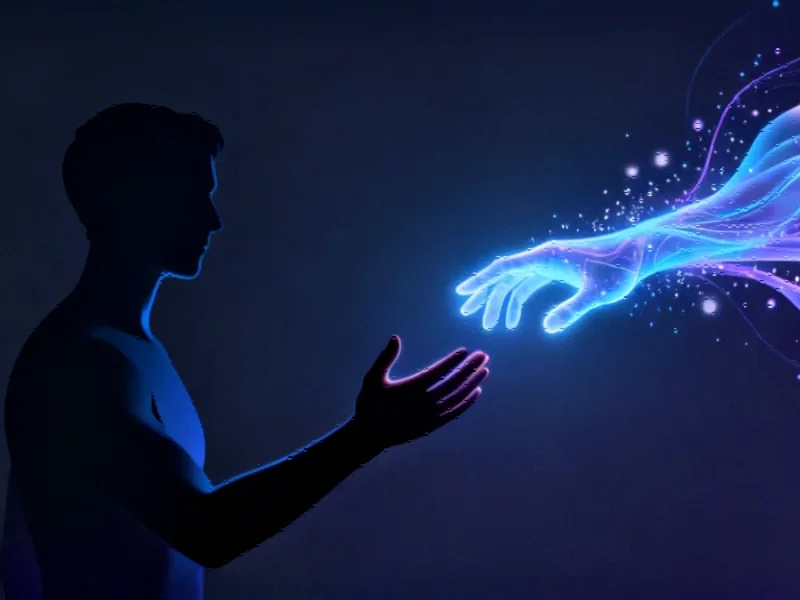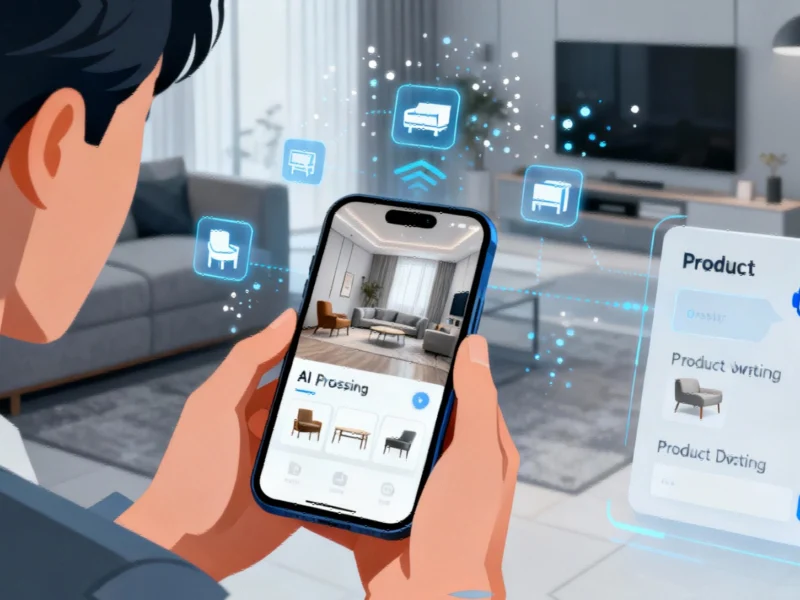According to Forbes, Stanford’s CREATE center recently showcased multi-agent AI systems for mental health therapy during a November 5, 2025 webinar. The research involves using three coordinated AI agents – a therapist agent, a supervisor agent, and an assessor agent – to provide cognitive behavioral therapy through Socratic dialogue techniques. Dr. Philip Held from Rush University presented the Socrates 2.0 system, which has been developed through iterative research and complies with HIPAA privacy requirements. This approach specifically addresses concerns about AI providing inappropriate mental health advice, following recent lawsuits against OpenAI and new state laws regulating AI in mental healthcare. The system represents a significant advancement beyond single-AI therapy approaches that have dominated until now.
Why multiple AIs beat going solo
Here’s the thing about using AI for therapy – it’s incredibly risky to rely on just one model. We’ve all seen how even the best AI can sometimes go completely off the rails. When you’re dealing with someone’s mental health, that’s not just inconvenient – it could be dangerous.
Think of it like having a co-pilot. The primary AI acts as the therapist, engaging in Socratic dialogue to help users examine their thoughts. But there’s another AI watching everything, ready to step in if the conversation starts heading toward unsafe territory. And that third assessor agent? That was added after researchers discovered that two agents could sometimes get stuck in infinite Socratic loops. Basically, they needed a referee.
The safety concerns are very real
Look, we can’t ignore the elephant in the room. There’s already a lawsuit against OpenAI for their lack of AI safeguards when it comes to mental health advice. And states like Illinois, Nevada, and Utah are rushing to pass laws specifically about AI in mental healthcare. Why? Because people are genuinely worried that AI could accidentally help users co-create delusions or encourage self-harm.
I mean, how many times have you seen ChatGPT give bizarre or completely wrong answers? Now imagine that happening when someone’s dealing with depression or anxiety. The stakes are just too high to rely on a single AI without oversight.
Where this is all headed
So what does this mean for the future of AI therapy? We’re probably going to see more specialized systems like Socrates 2.0 that use multiple agents for different roles. But there’s a limit – you can’t just keep adding AI agents forever. During the webinar, they pointed out that having ten AI agents all trying to therapy at once would create complete chaos. They’d argue about therapeutic approaches and probably make things worse.
The real challenge is finding that sweet spot – enough AI agents to provide safety and different perspectives, but not so many that they trip over each other. And honestly, this multi-agent approach could become the standard for any AI system where safety really matters. Whether it’s medical diagnosis, legal advice, or yes, mental health support, having multiple AIs checking each other’s work just makes sense.
What’s interesting is that this represents a shift from just making bigger models to making smarter systems. Instead of one giant AI trying to do everything, we’re seeing specialized agents working together. It’s a more sophisticated approach that acknowledges AI’s limitations while leveraging its strengths. And in something as delicate as mental health, that sophistication could make all the difference.




